Plantfit
Log in / Register
Existing customer?
New customer?
Create an account to track your orders, access our customer service and, if you wish, make the most of our upcoming offers.
My Account
Hello
Shipping country and language
Your country of residence may be:
For a better user experience on our website, you can select:
Your shipping country:
Andorra
Austria
Belgium
Bulgaria
Croatia
Czechia
Denmark
Estonia
Finland
France
Germany
Greece
Hungary
Iceland
Ireland
Italy
Latvia
Lithuania
Luxembourg
Monaco
Netherlands
Poland
Portugal
Romania
Slovakia
Slovenia
Spain
Sweden
Switzerland
Language:
French
English
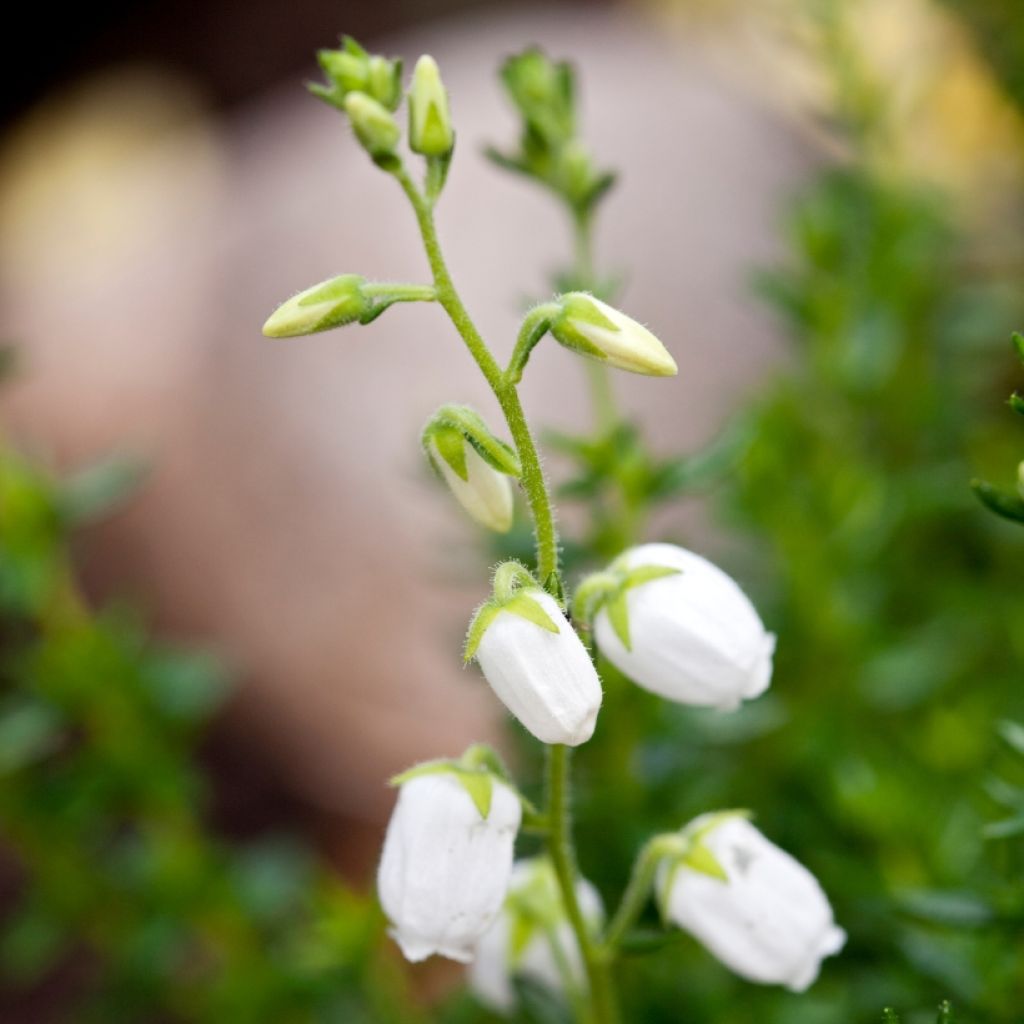

Daboecia cantabrica Alba - Irish Heath
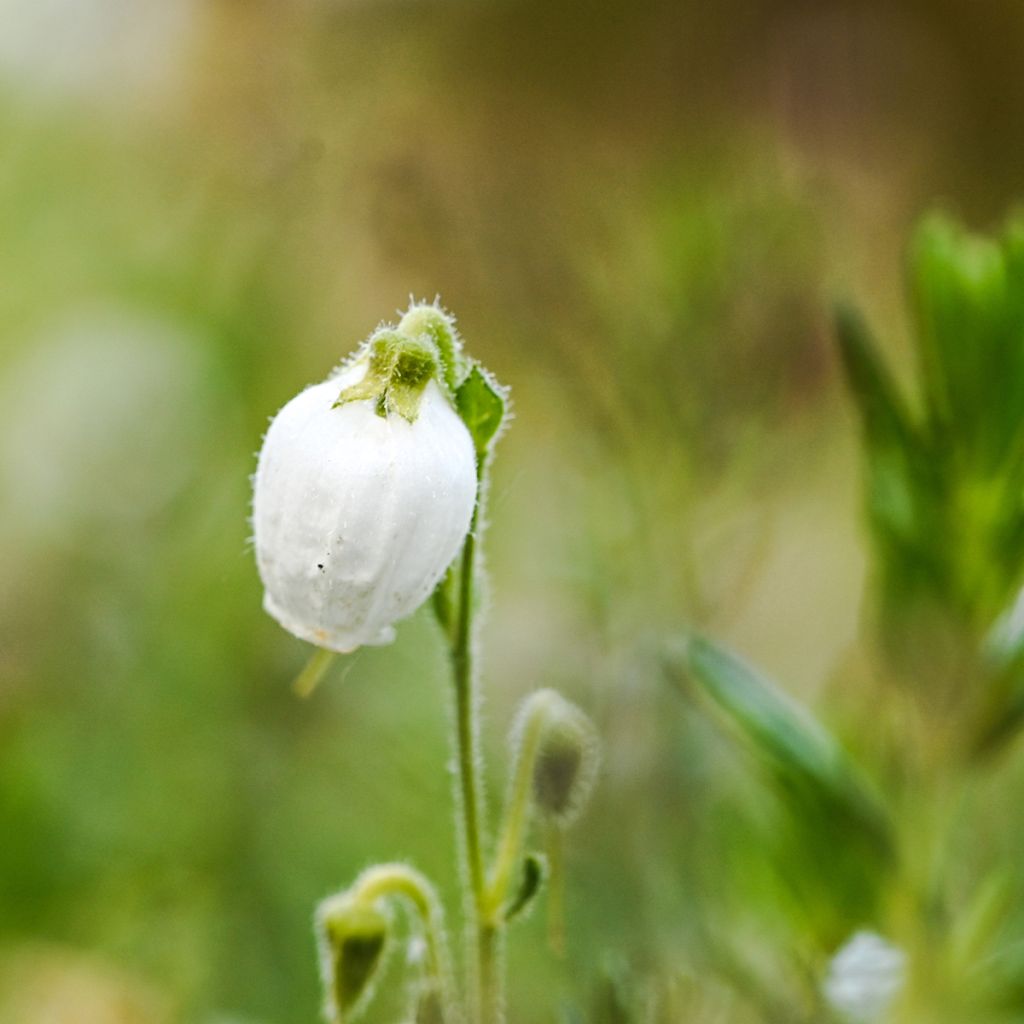

Daboecia cantabrica Alba - Irish Heath
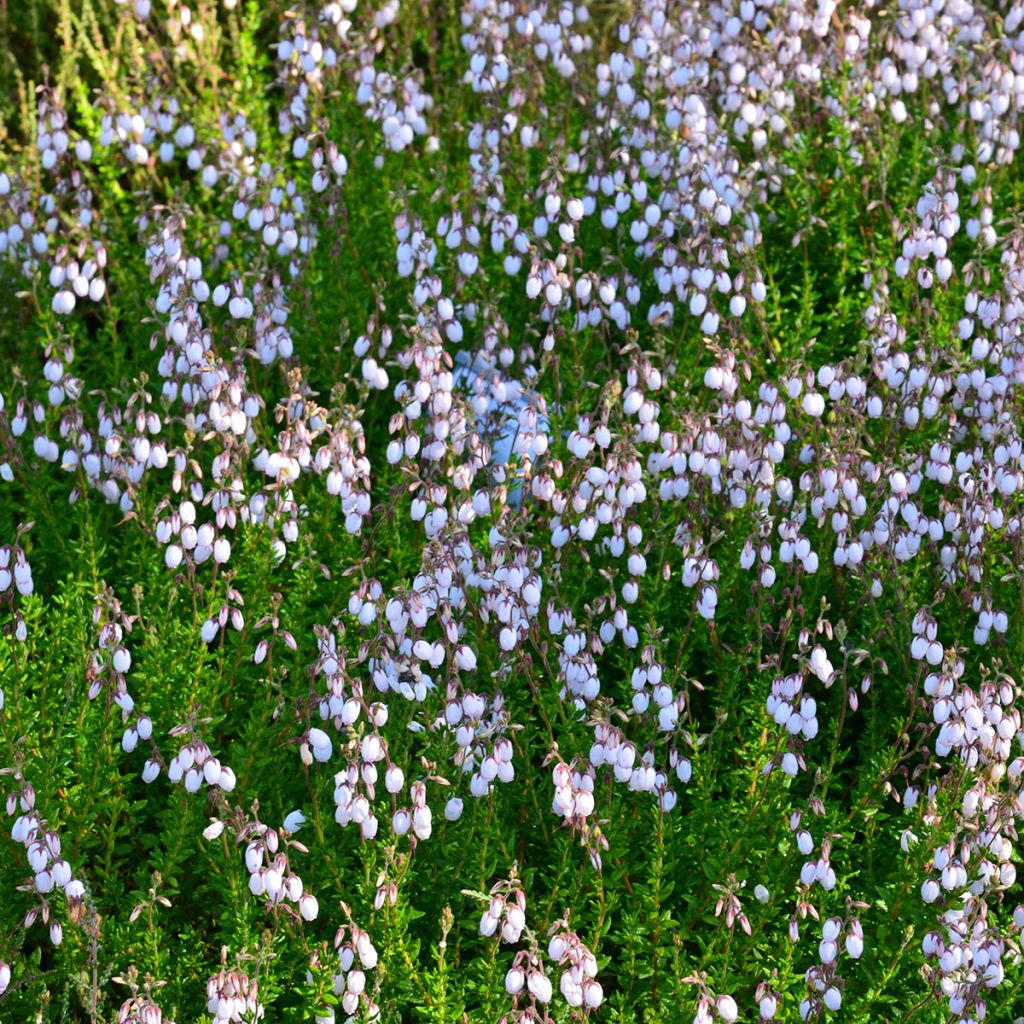

Daboecia cantabrica Alba - Irish Heath
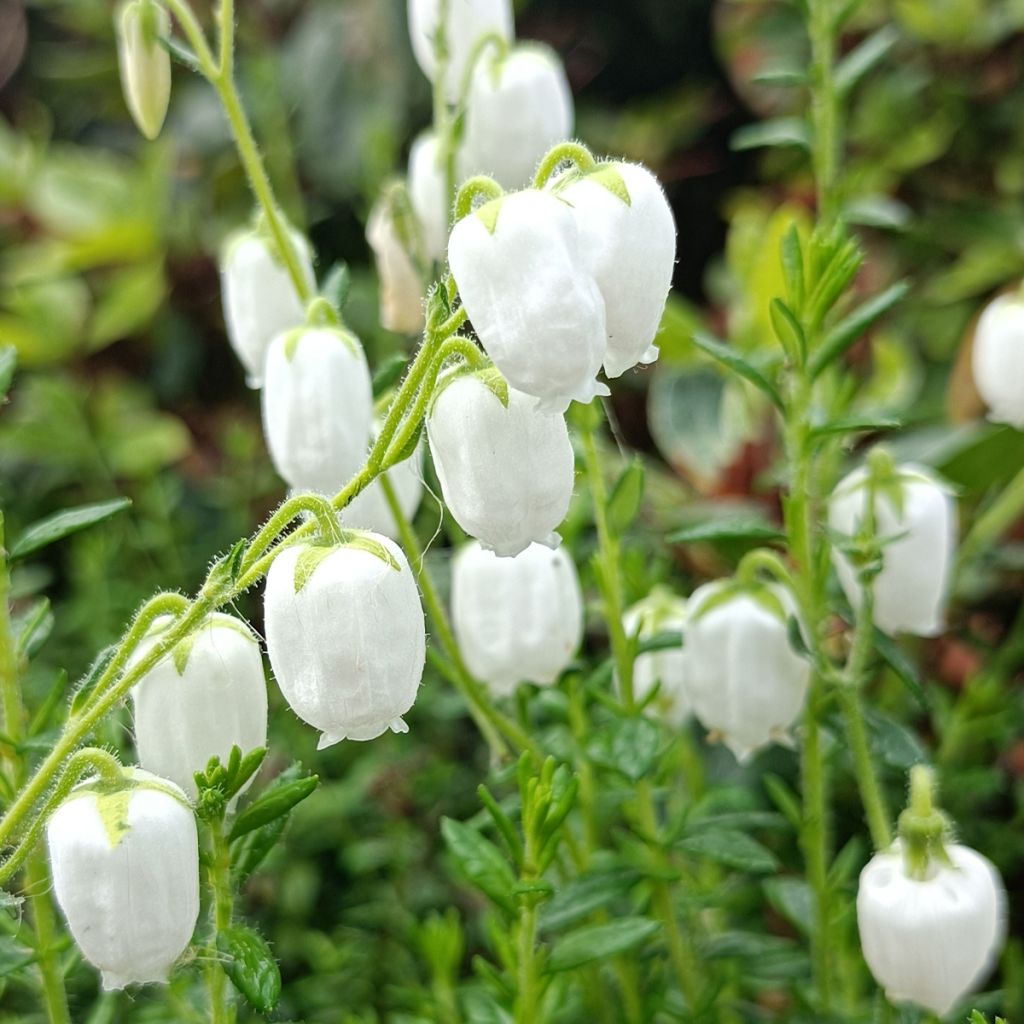

Daboecia cantabrica Alba - Bruyère de Saint Daboec blanche
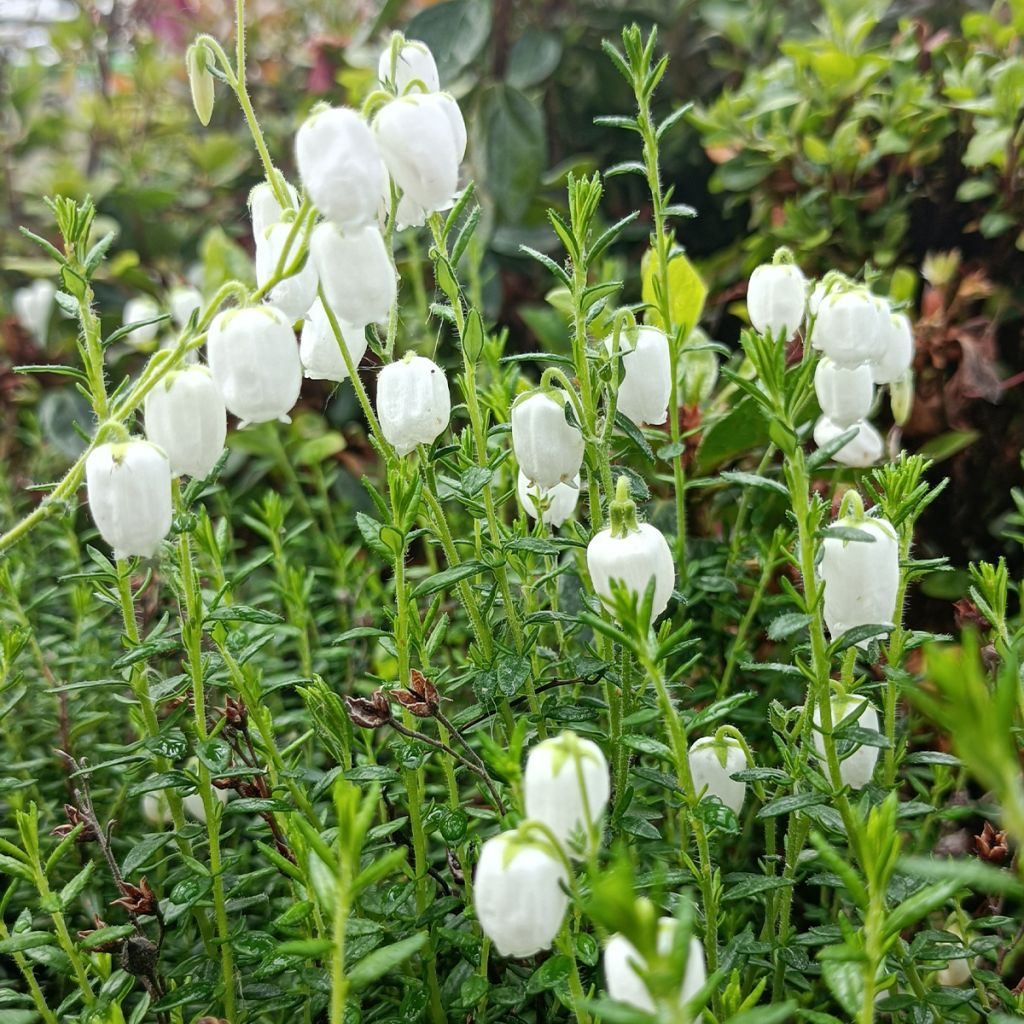

Daboecia cantabrica Alba - Bruyère de Saint Daboec blanche
Daboecia cantabrica Alba - Irish Heath
Daboecia cantabrica Alba
Irish Heath, St. Dabeoc's Heath, Cantabrian Heath
Compliant. Beautiful plant ready to go...
Marie, 01/04/2024
Order in the next for dispatch today!
Dispatch by letter from €3.90.
Delivery charge from €5.90 Oversize package delivery charge from €6.90.
More information
This item is not available in your country.
Select delivery date,
and select date in basket
This plant carries a 24 months recovery warranty
More information
We guarantee the quality of our plants for a full growing cycle, and will replace at our expense any plant that fails to recover under normal climatic and planting conditions.
From €5.90 for pickup delivery and €6.90 for home delivery
Express home delivery from €8.90.

Does this plant fit my garden?
Set up your Plantfit profile →
Description
Daboecia cantabrica 'Alba' differs from the typical form of St. Daboec Heather by its white flowering that emerges well above the foliage mass. This pretty Irish Heather, with a rustic appearance, is a persistent undershrub that stands out from other heathers with its low, dense yet flexible habit, the duration of its flowering, and the beautiful size of its pure white bell-shaped flowers. When conditions are favourable, this plant forms lovely pink and white checkered ground-cover for rockeries, borders of beds, and rural hedges in a naturalistic garden.
Daboecia cantabrica, also known as the Cantabrian Mountain Heather, belongs to the Ericaceae family. It is native to Western Europe, specifically Ireland, Spain, Portugal, and the Azores Islands. It grows spontaneously on the edge of woodlands and heathlands, on acidic, sandy or peaty soils, which are poor but do not dry out. Undemanding, it can withstand temperatures around 15 to -18°C (5 to -0.4°F). The 'Alba' form is a natural mutation of this plant, present in the Pyrenees in its spontaneous state.
Its habit is spreading, carried by prostrate, hairy, and glandulous branches at the top, which partially straighten up. At maturity, it will measure an average of 38cm (15in) in height with a relative spread of 40cm (16in). Its small elliptical-ovate leaves, 1cm (0.4 in) long and 4 to 5mm (0.2in) wide, are evergreen, simple, leathery, and arranged alternately on the branches. Green and shiny on the upper surface, they are downy and curl at the edges on the reverse side. The long-lasting flowering begins in June and lasts until September-October. Gathered in loose terminal clusters of 3 to 8 units, the flowers are charming pendulous bells measuring 8mm (0.3in) long and 3 to 4mm (0.1 to 0.2 in) in diameter. Their colour is pure white. This nectar-rich flowering attracts and nourishes numerous pollinating insects.
Hardy and tolerant of very poor and very acidic soils, it is an ideal shrub for an alpine garden as well as by the seaside, planted en masse to vegetate a rockery, or a sandy slope where few plants are willing to grow. It can be planted with Armeria maritima, Azorella, and other heathers like Calluna or even Asteriscus maritimus. It can also be grown in a pot on a terrace or balcony for its slightly wild appearance and long pink flowering: choose a large enough container and keep the (exclusively acidic) substrate always moist.
Daboecia cantabrica Alba - Irish Heath in pictures
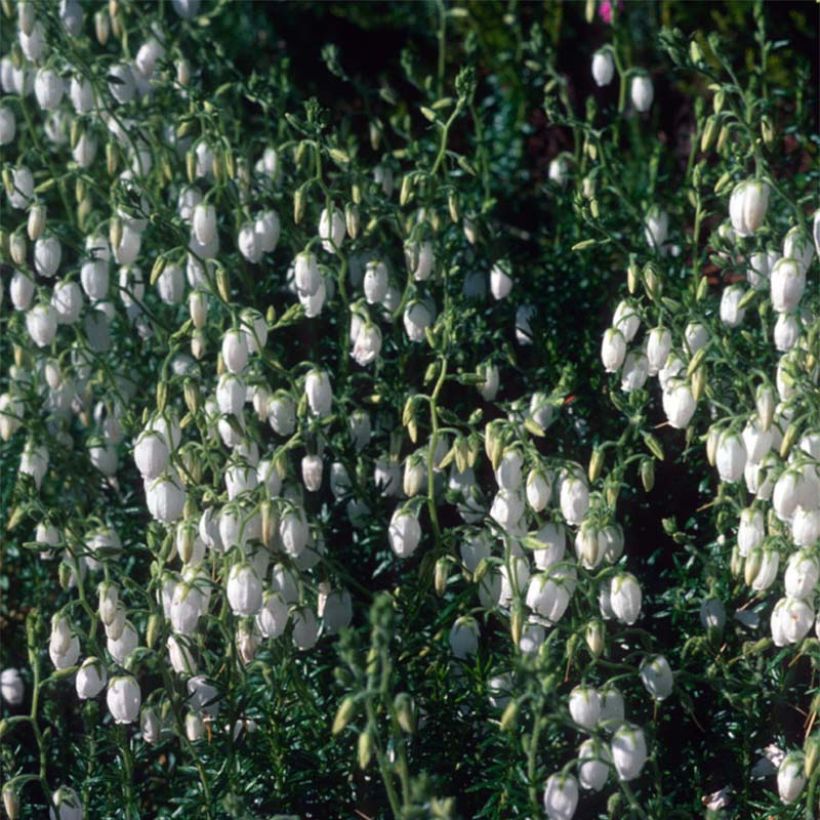

Plant habit
Flowering
Foliage
Botanical data
Daboecia
cantabrica
Alba
Ericaceae
Irish Heath, St. Dabeoc's Heath, Cantabrian Heath
Western Europe
Planting and care
Daboecia cantabrica 'Alba' thrives in full sun and warmth, which enhances its flowering, but cannot tolerate limestone, heavy and clayey soils, or dry soils. It should be planted in acidic (peaty, humiferous, loamy, sandy) soil that is always moist. Never plant in pure ericaceous soil, as it does not retain enough water. Water during the first two years: if the root ball dries out while the root system is still underdeveloped, the plant will die. Apply mulch during planting to prevent the growth of weeds and to maintain soil moisture. In time, the heather will sufficiently cover the ground to prevent weeds.
During planting, it is advisable to loosen the root ball, trim any excessively long roots, and plant in a hole measuring 30x30cm (12x12in), filled with a mixture of compost, ericaceous soil, and coarse sand. Water it once or twice a week (with non-limestone water) depending on the ambient temperature, to keep the soil moist while the plant establishes itself. Prune the heather after flowering to maintain a compact habit and increase its lifespan. Cut the faded branches to 2 to 5cm (1 to 2in) from the previous year's growth, making sure not to cut below the last green leaves. Fertiliser is not necessary; in fact, it is not recommended, in order to avoid promoting foliage production at the expense of flowering (heathers are generally plants that thrive in poor soils).
Planting period
Intended location
Care
- , onOrder confirmed
Reply from on Promesse de fleurs
Evergreen shrubs
Haven't found what you were looking for?
Hardiness is the lowest winter temperature a plant can endure without suffering serious damage or even dying. However, hardiness is affected by location (a sheltered area, such as a patio), protection (winter cover) and soil type (hardiness is improved by well-drained soil).

Photo Sharing Terms & Conditions
In order to encourage gardeners to interact and share their experiences, Promesse de fleurs offers various media enabling content to be uploaded onto its Site - in particular via the ‘Photo sharing’ module.
The User agrees to refrain from:
- Posting any content that is illegal, prejudicial, insulting, racist, inciteful to hatred, revisionist, contrary to public decency, that infringes on privacy or on the privacy rights of third parties, in particular the publicity rights of persons and goods, intellectual property rights, or the right to privacy.
- Submitting content on behalf of a third party;
- Impersonate the identity of a third party and/or publish any personal information about a third party;
In general, the User undertakes to refrain from any unethical behaviour.
All Content (in particular text, comments, files, images, photos, videos, creative works, etc.), which may be subject to property or intellectual property rights, image or other private rights, shall remain the property of the User, subject to the limited rights granted by the terms of the licence granted by Promesse de fleurs as stated below. Users are at liberty to publish or not to publish such Content on the Site, notably via the ‘Photo Sharing’ facility, and accept that this Content shall be made public and freely accessible, notably on the Internet.
Users further acknowledge, undertake to have ,and guarantee that they hold all necessary rights and permissions to publish such material on the Site, in particular with regard to the legislation in force pertaining to any privacy, property, intellectual property, image, or contractual rights, or rights of any other nature. By publishing such Content on the Site, Users acknowledge accepting full liability as publishers of the Content within the meaning of the law, and grant Promesse de fleurs, free of charge, an inclusive, worldwide licence for the said Content for the entire duration of its publication, including all reproduction, representation, up/downloading, displaying, performing, transmission, and storage rights.
Users also grant permission for their name to be linked to the Content and accept that this link may not always be made available.
By engaging in posting material, Users consent to their Content becoming automatically accessible on the Internet, in particular on other sites and/or blogs and/or web pages of the Promesse de fleurs site, including in particular social pages and the Promesse de fleurs catalogue.
Users may secure the removal of entrusted content free of charge by issuing a simple request via our contact form.
The flowering period indicated on our website applies to countries and regions located in USDA zone 8 (France, the United Kingdom, Ireland, the Netherlands, etc.)
It will vary according to where you live:
- In zones 9 to 10 (Italy, Spain, Greece, etc.), flowering will occur about 2 to 4 weeks earlier.
- In zones 6 to 7 (Germany, Poland, Slovenia, and lower mountainous regions), flowering will be delayed by 2 to 3 weeks.
- In zone 5 (Central Europe, Scandinavia), blooming will be delayed by 3 to 5 weeks.
In temperate climates, pruning of spring-flowering shrubs (forsythia, spireas, etc.) should be done just after flowering.
Pruning of summer-flowering shrubs (Indian Lilac, Perovskia, etc.) can be done in winter or spring.
In cold regions as well as with frost-sensitive plants, avoid pruning too early when severe frosts may still occur.
The planting period indicated on our website applies to countries and regions located in USDA zone 8 (France, United Kingdom, Ireland, Netherlands).
It will vary according to where you live:
- In Mediterranean zones (Marseille, Madrid, Milan, etc.), autumn and winter are the best planting periods.
- In continental zones (Strasbourg, Munich, Vienna, etc.), delay planting by 2 to 3 weeks in spring and bring it forward by 2 to 4 weeks in autumn.
- In mountainous regions (the Alps, Pyrenees, Carpathians, etc.), it is best to plant in late spring (May-June) or late summer (August-September).
The harvesting period indicated on our website applies to countries and regions in USDA zone 8 (France, England, Ireland, the Netherlands).
In colder areas (Scandinavia, Poland, Austria...) fruit and vegetable harvests are likely to be delayed by 3-4 weeks.
In warmer areas (Italy, Spain, Greece, etc.), harvesting will probably take place earlier, depending on weather conditions.
The sowing periods indicated on our website apply to countries and regions within USDA Zone 8 (France, UK, Ireland, Netherlands).
In colder areas (Scandinavia, Poland, Austria...), delay any outdoor sowing by 3-4 weeks, or sow under glass.
In warmer climes (Italy, Spain, Greece, etc.), bring outdoor sowing forward by a few weeks.